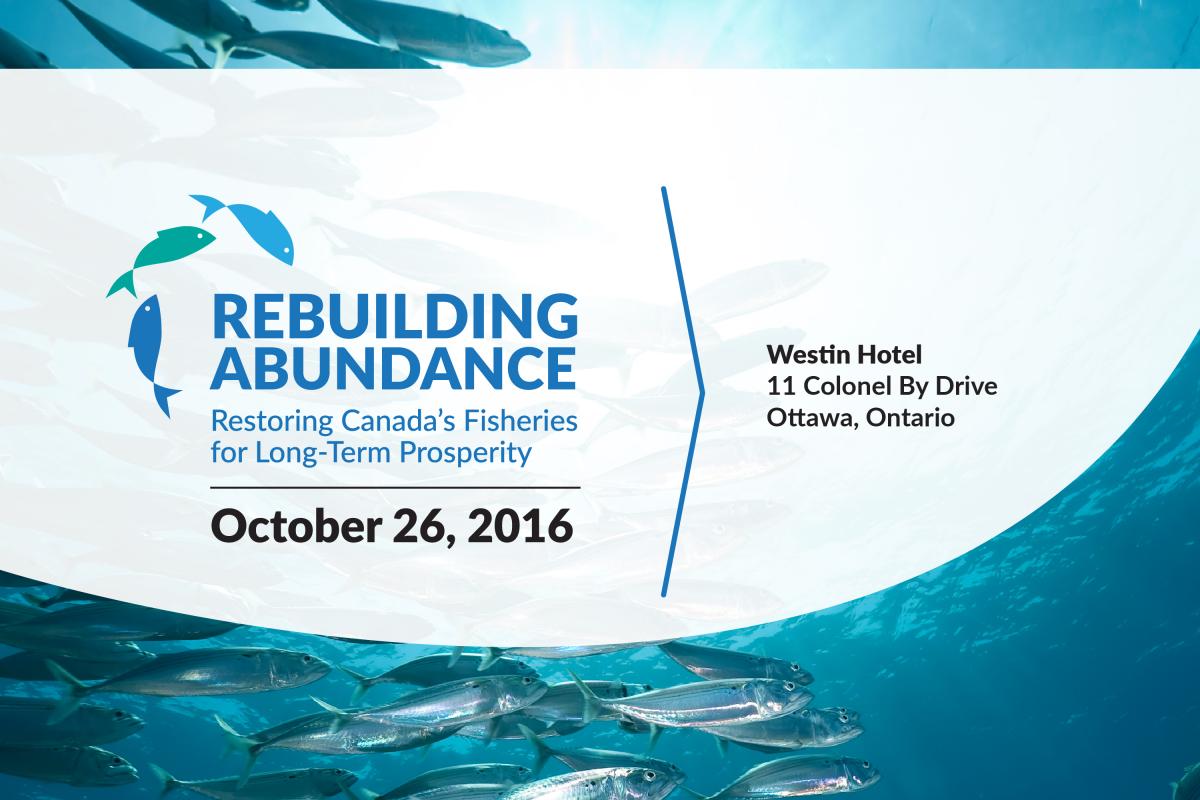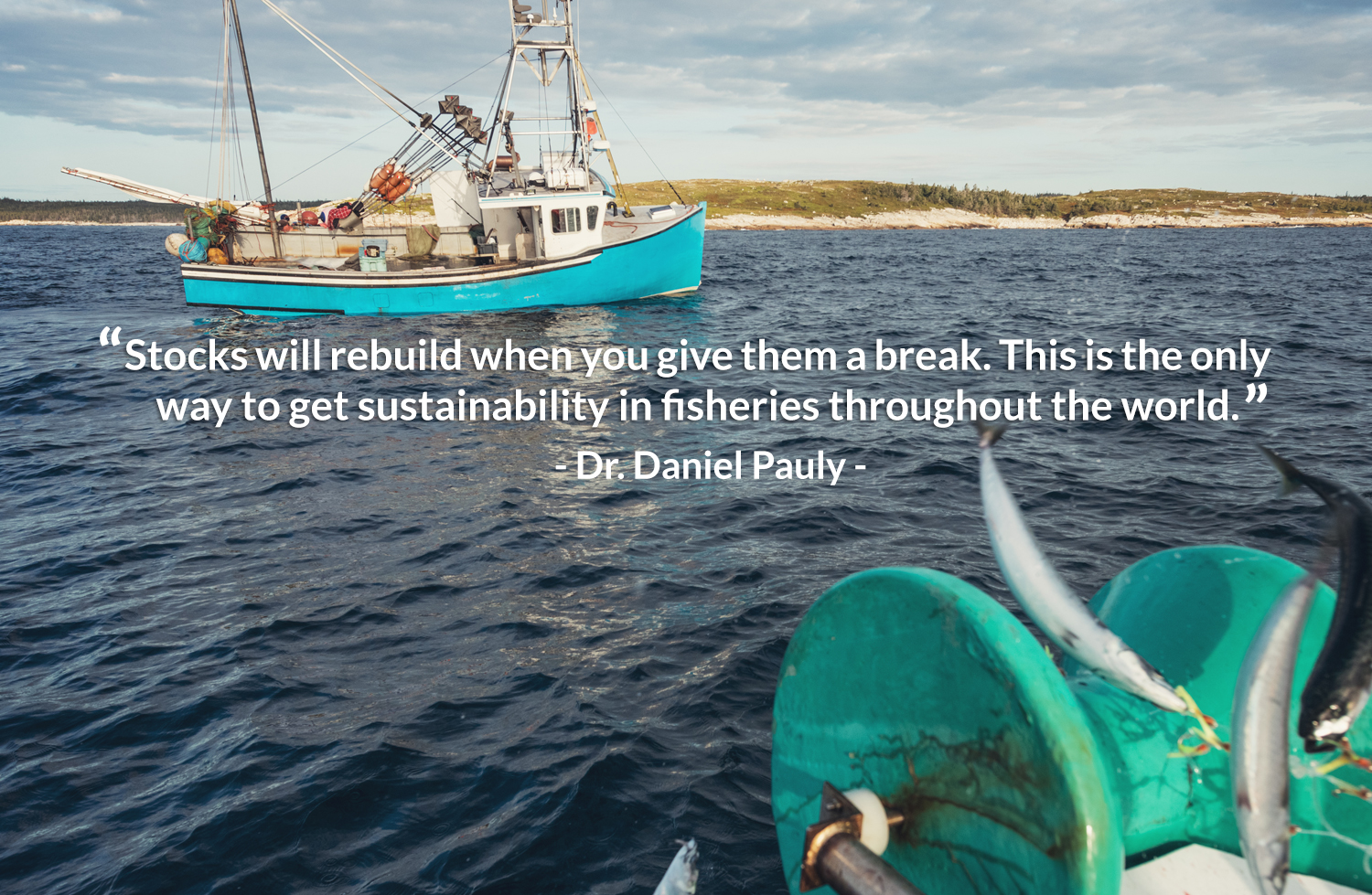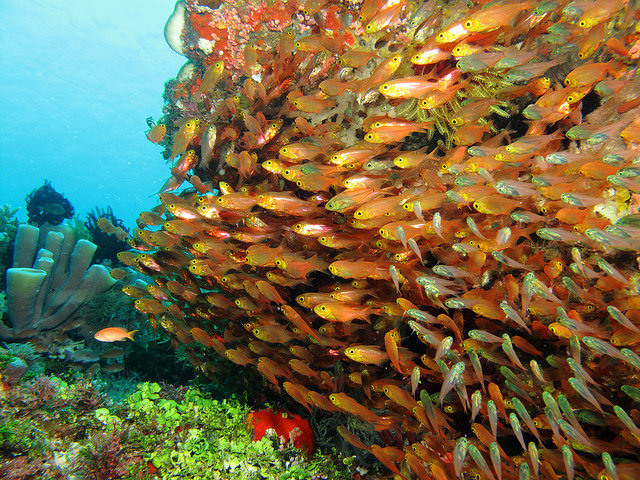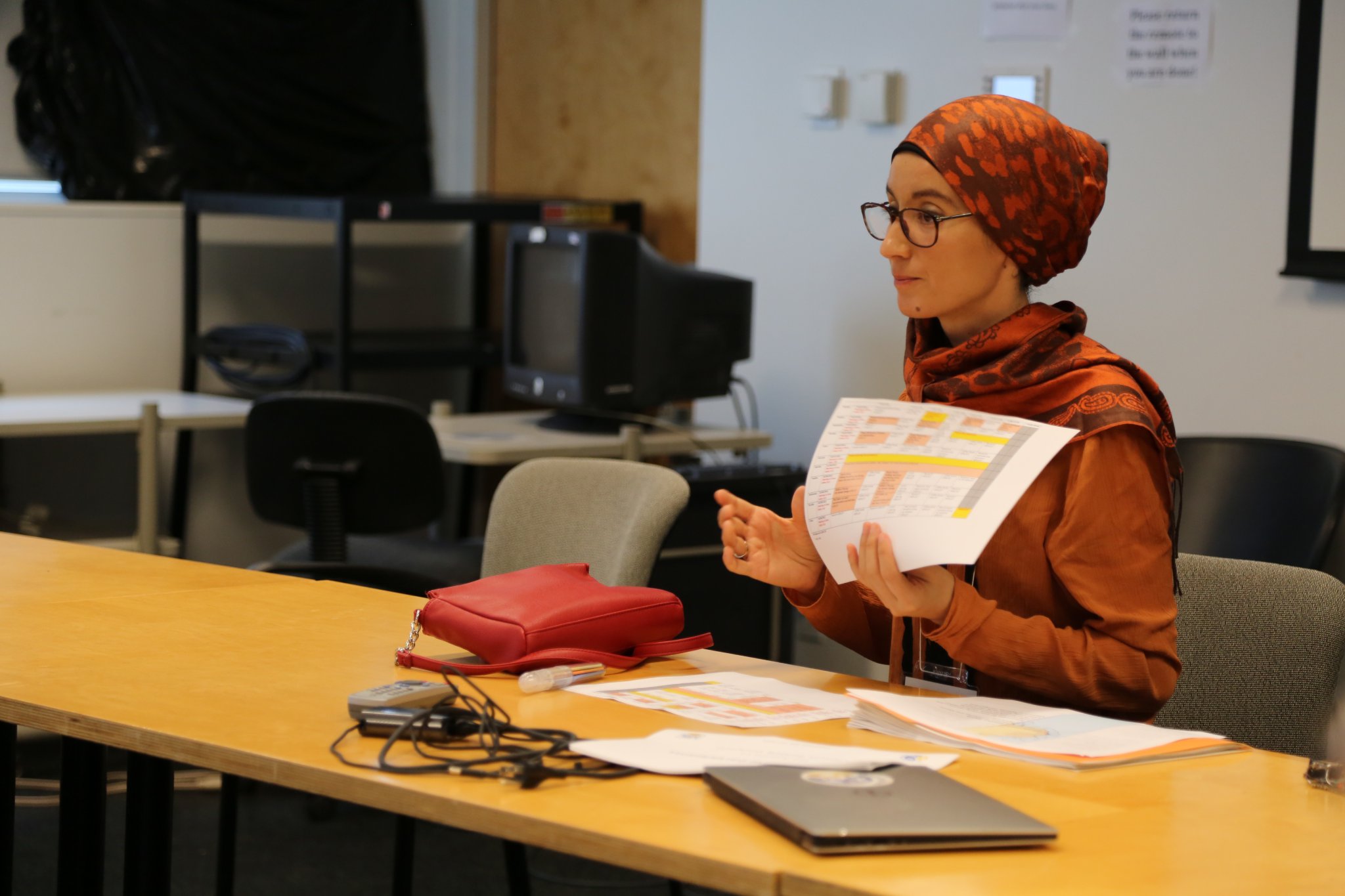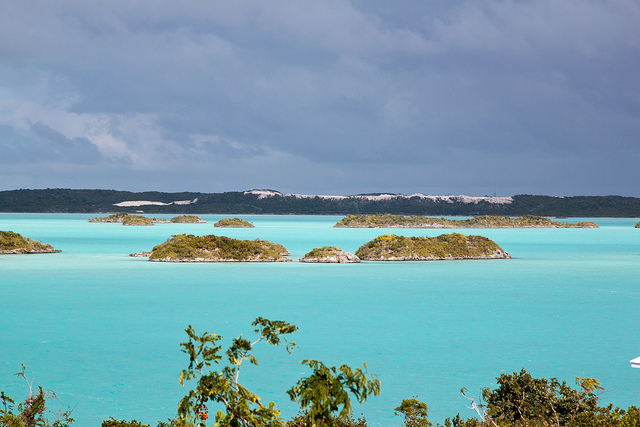A recent study published in the open-access journal Frontiers in Marine Science reveals that marine fisheries catches have been drastically under-reported in the Turks and Caicos Islands in the Caribbean, threatening the marine environment and livelihoods of the local community. Lead researcher Aylin Ulman recently based at the Sea Around Us (Institute for the Oceans and Fisheries) in Vancouver, and her team call for urgent action from policy-makers to ensure the future sustainability of the fishing industry in this archipelago nation.
Fishing has historically been the main industry in the Turks and Caicos Islands, although tourism is now taking the lead. A higher demand for locally caught seafood is placing increasing pressure on local marine life. The islands operate small-scale fisheries for queen conch, Caribbean spiny lobster, and finfish as the three main target taxa groups. The local government is required to report all catches to the Food and Agricultural Organization (FAO), as all UN member countries are voluntarily bound to complete each year. However, the data that are passed on by Turks and Caicos to the FAO are incorrect because they account only for commercial catches destined for export, omitting all catches caught and consumed by locals and tourists on the islands. “DEMA has done a great job of monitoring fish sold to the country’s fish plants,” said Aylin Ulman. “However, it seems they have not always had enough staff to monitor seafood being sold or given to locals and tourists, whether that be at the dock, in shops, or in restaurants.”
To be able to trade with signatory nations of CITES, the Convention on International Trade in Endangered Species of Wild Fauna and Flora, it must be demonstrated that the international trade of wild animals and plants does not threaten the stocks local survival. The data illustrated from this report clearly demonstrate that the conch export quota is unsustainable and should be drastically reduced to protect local conch stocks from overexploitation. The derivation of the ‘so called’ maximum sustainable yield quota incorporates catches only destined for export, but sometimes factors in local consumption estimates which have been vastly underestimated, putting the future of the stocks at risk. For a better estimate of the amount of seafood caught around the islands, and hence total reconstructed catches for the island nation, the authors assessed all catches between 1950 and 2012. More accurate records of catches for export, artisanal, and subsistence fisheries were identified from Turks and Caicos Islands Government reports. In addition, a recent and thorough seafood consumption study completed in 2013 involving locals and tourists enabled more accurate estimates of the previously unreported local consumption amounts. The reconstructed data also includes estimates of recreational catches and illegal poaching.
Using recently developed mathematical models and newly collected data, Ulman’s research team have been able to project the most accurate estimates to-date of fish consumption by TCI residents and tourists. The results showed that the actual catches were an alarming 2.8 times higher than that reported to the FAO, and 86% higher after her team had adjusted the reported data using expert analysis, and this has very troubling implications. Reported catches have been used to put regulations in place for sustainable catch limits. However, these limits have been unsustainable, leading to the overexploitation of marine life. In fact, local consumption of conch is close to the total number allowed to be caught under these ‘sustainable’ limits, and this is without taking into account the number of conch that are exported, which almost equate to local consumption. As a result of this study, the authors hope that in the future catch limits will be based on total seafood catches from all fishery sectors. Local seafood consumption surveys should continue to be completed once each 3-5 years to track changing patterns, especially with the ongoing growth of tourism. These considerable local consumption catch amounts must be factored into the equation when calculating the total allowable catch limits, especially for the key species of conch and lobster to determine if it is even possible to continue the export business.
New legislation is needed to reduce seafood catches so the stocks are being fished within safe limits, and this study adds new weight to the urgency of this issue. The Turks and Caicos Islands Government have recommended a stop to the export of conch for up to five years to allow populations to recover, but they have been delayed in implementing this. While the results of the research may seem like bad news, the researchers are quick to emphasize that the new data may actually present an opportunity. Edward Hind added, “The staff at DEMA now have the knowledge to set catch limits that really will work. If the government supports the TCI’s fisheries scientists in collecting better catch data going forward, then the country can have healthy fisheries for decades to come.”
The under-reporting of fisheries catches is common in other regions and neighbouring island nations. Haiti, the Dominican Republic, and Jamaica are facing the same the problems and urgent action is required to avoid further overexploitation of marine life.
Read the full article by Aylin Ulman, Lily Burke, Edward Hind, Robin Ramdeen and Dirk Zeller: ‘Conched Out: Total Reconstructed Fisheries Catches for the Turks and Caicos Islands Uncover Unsustainable Resource Usage’ in Frontiers in Marine Science.


